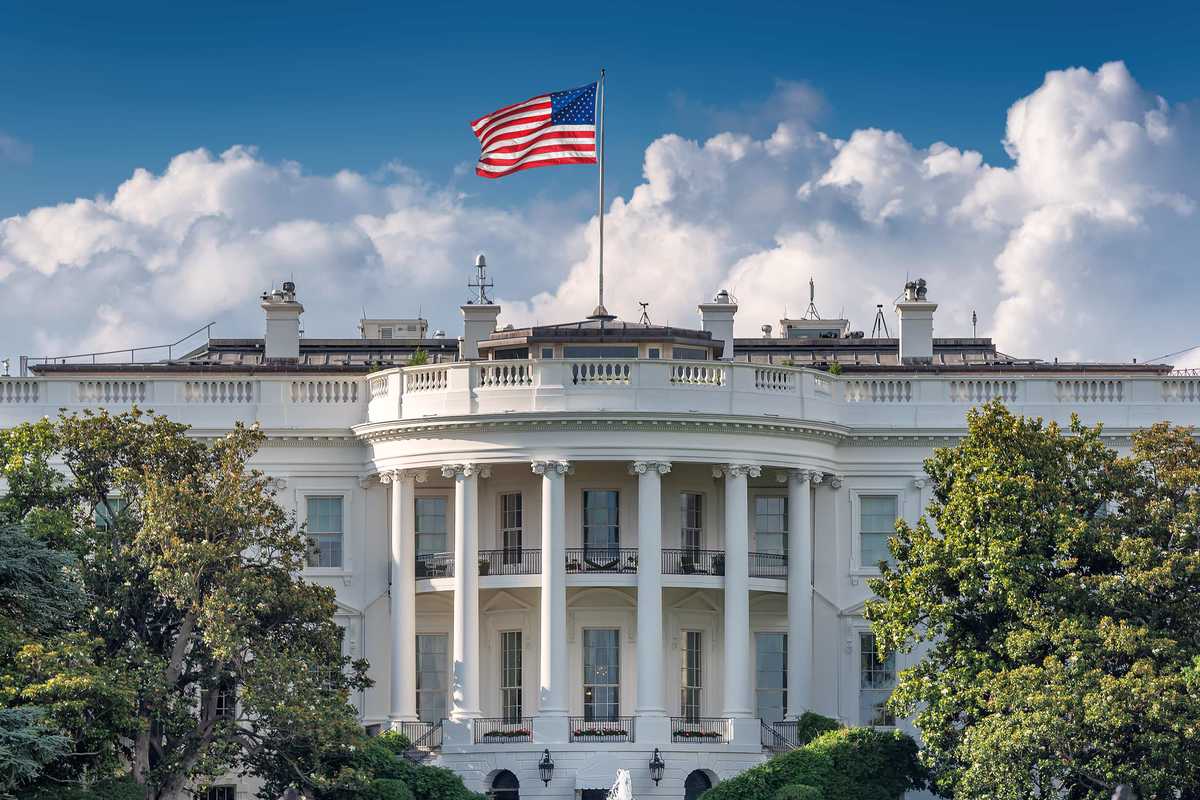The Week in Alt Fuels: Global push to cut maritime emissions
Calls for shipping-focussed regulatory support to reduce maritime emissions intensified this week. PHOTO: The US White House in Washington DC. Getty Images
PHOTO: The US White House in Washington DC. Getty Images
The next UK general elections are anticipated to take place in January 2025, approximately 25 days after the current parliament dissolves on 17 December this year. The UK-based shipping trade organisation Maritime UK urged the next government to allocate more funds towards development of low- and zero-emission marine technologies. It also recommended government support for private sector financing in the shipping sector. Tonnage tax reforms and green tax credit benefits could be used to achieve this, it suggested.
The US government announced its first-ever national goal to achieve zero emissions in the freight sector, including shipping. US-based non-profit Pacific Environment and 44 other organisations jointly urged the Biden administration to "issue an Executive Order with time-bound actions" for shipping.
The order should include a goal-based standard mandating vessels calling at US ports to reduce carbon dioxide-equivalent (CO2e) emissions by 20% by 2027, 45% by 2030, 80% by 2035 and 100% by 2040 on a well-to-wake basis, the joint letter recommended. It also suggested that scrubbers be phased out and eventually banned in US waters, and that ships should switch to low-sulpur fuels or zero-emission technologies instead.
In other news, orders for methanol- and ammonia-capable vessels gained “momentum” in April, according to classification society DNV. There is now one ammonia-capable vessel in operation and 19 more on order for delivery towards 2027, DNV’s Alternative Fuels Insight (AFI) database shows. In addition, 12 new methanol-fuelled vessels were added to the AFI database in April, DNV's senior consultant Kristian Hammer said. This takes the total number of methanol-fuelled vessels in operation and on order for delivery by 2028 to 281, up from 269 in March.
A Japanese consortium, including conglomerate Marubeni and engineering firm IHI Corporation, will study the feasibility of setting up facilities for receiving, storing and supplying ammonia in the Port of Tomakomai in Japan. It plans to import green and blue ammonia produced in other countries into Japan and transport it to supply facilities for further use. Scope of the study also covers ammonia bunkering in the port.
Spanish energy equipment maker H2SITE received classification society Lloyd's Register’s (LR) approval for its onboard containerised ammonia cracking technology. Ammonia cracking is a process where ammonia molecules are broken down into hydrogen and nitrogen molecules. It is typically done at temperatures of 850-950°C using a nickel catalyst.
By Konica Bhatt
Please get in touch with comments or additional info to news@engine.online





